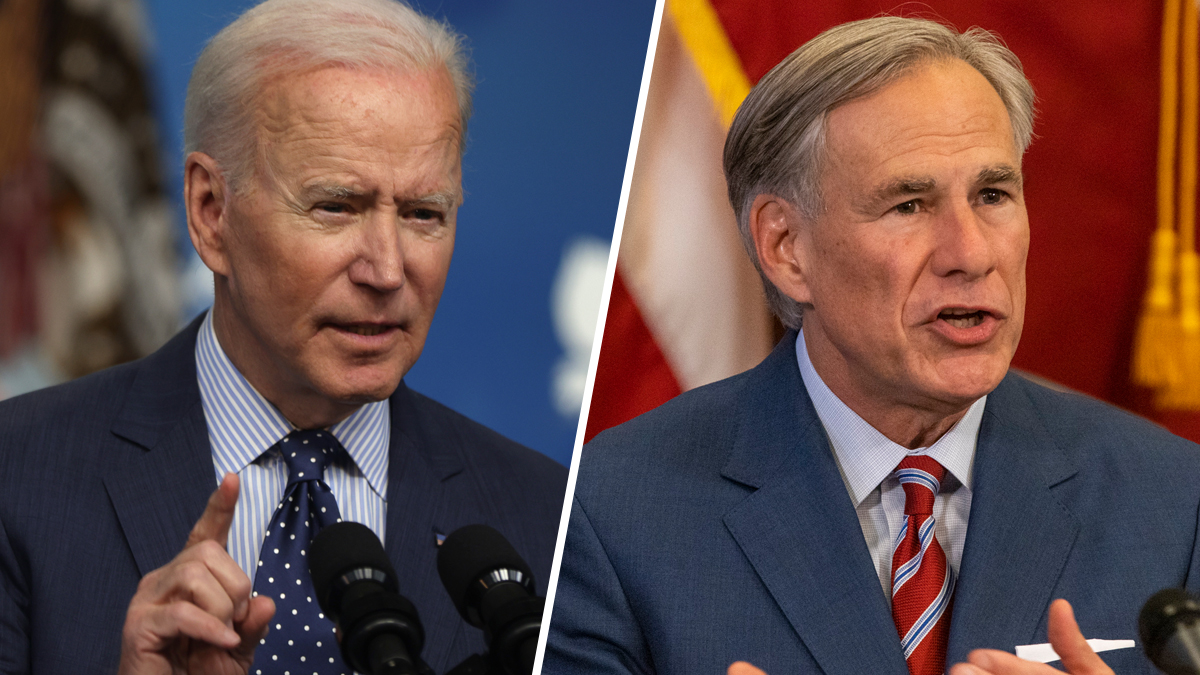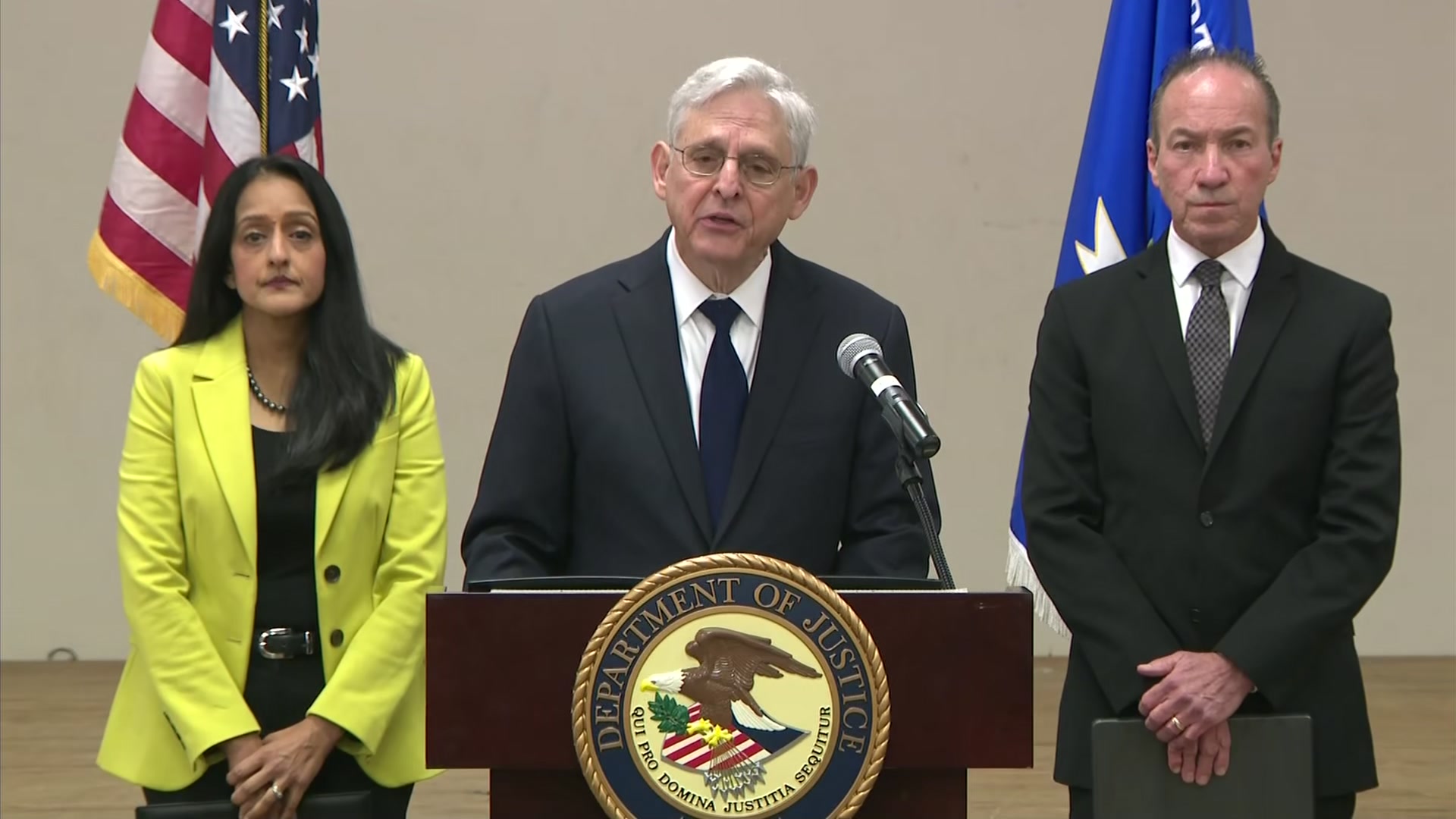The U.S. Department of Justice said law enforcement's response to the mass shooting at Robb Elementary was a failure.
A gunman entered the school on May 24, 2022, killing 19 students and two teachers and injuring 17 others. In a new, 600-plus page report, the DOJ outlined its analysis that spanned 11 months and thousands of pieces of evidence.
“Based on these facts, the [Critical Incident Response] team identified several critical failures and other breakdowns prior to, during and after the Robb Elementary School response and analyzed the cascading failures of leadership, decision-making, tactics, policy, and training that contributed to those failures and breakdowns," the report states.
According to the report, the most significant failure was that officers should have immediately recognized the incident as an active shooter situation, and entered classrooms 111 and 112 "immediately and without hesitation" to stop the gunman.
Get top local stories in DFW delivered to you every morning. Sign up for NBC DFW's News Headlines newsletter.
Investigators said 11 law enforcement officers, including supervisors, were inside the hallway within 21 seconds of each other and only three minutes after the shooter entered the school. Still, no one breached the doors for over an hour.
At that point, there were nearly 400 officers on the scene.
“The cascading failures that occurred over the course of 77 minutes between when law enforcement arrived on the scene and when they finally entered the classroom," said U.S. Associate Attorney General Anita Gupta at a press conference on Thursday.
The delayed entry gave the shooter more time to "re-engage" his deadly actions, and delayed medical help that could have helped save lives, said the report.
Federal officials said many officers didn't know who was in charge, or what was happening: Some thought the shooter was already dead, or that law enforcement was already inside the classroom with him.
“I will say there was an epic, complete lack of leadership, unity of command," said Hugh Clements, director of the DOJ's Office of Community Oriented Policing Services, which conducted the investigation.
At the same news conference, U.S. Attorney General Merrick Garland said those trapped inside the classroom with the shooter could hear officers.
“Survivors later shared that they heard officers gathered outside the classrooms while they waited," he said.
Things would have been different if officers used proper active shooter protocol.
“Lives would’ve been saved and people would have survived," Garland said.
The missteps only continued after the rescue, according to the report: A lack of leadership resulted in chaos and confusion when handling victims.
“Victims who had already passed away were taken to the hospital in ambulances, while children with bullet wounds were put on school buses without any medical attention," Gupta said.
Leadership failures, officials said, resulted in more deaths.
“In the commotion, one adult victim was placed on a walkway. On the ground. Outside, to be attended to. She died there," Gupta said.
The report said responders need to rely on training to stay calm and create safe spaces for evacuees to get medical and emotional support.
"At least 91 children were evacuated from the school and hid in the back chapel of the funeral home (which was an active crime scene) with funeral home staff, teachers, and some parents. They were held there for hours. At the same time, law enforcement personnel, many of whom were aware of the children and staff present, moved in and out of the front of the funeral home and throughout the perimeter. At least one child in the back chapel was bleeding and required medical attention. Parents and guardians were outside of the funeral home demanding access to their children," according to the report.
Due to the lack of medical and mental screening after the attack, and agencies not sharing information, "the exact number of survivors/victims both directly and indirectly impacted remains unknown."
Federal officials said the same chaos occurred with the reunification process; families received unclear and conflicting information about where to reunite with their loved ones. At one point, an official told people that an additional bus of survivors was coming. It did not.
The report also outlined false reassurances posted on social media that everyone inside the school was safe, and that the shooter was in custody.
Victims' families gathered to offer their response to the DOJ's report on Thursday. One father said it was difficult to hear Garland say there would have been more survivors if officers acted sooner.
“For these officers who sit there and just not do anything, you know, and still be out here in the streets like nothing happened ... My daughter’s gone. It’s hard. It's hard," he said.
Some want the officers, many named in the report, to be fired.
“Why are we paying these officers, and then you want us to trust them?” said Vincent Salazar, grandfather of 11-year-old Layla Salazar.
At least five officers have lost their jobs, including two Department of Public Safety officers and Uvalde’s school police chief, Pete Arredondo, who was the on-site commander during the attack.
Families said they'll keep advocating for some kind of change, in honor of their children.
“We have nothing left but to fight for them. We are their voices now," said one mother.
The report also included recommendations, like every agency having "a clear and concise policy on responding to active attacker situations”
Investigators also suggest agencies get state or national accreditation, and that public safety officials across their regions "should plan, train, and exercise unified command for complex incidents."
"I think it just reinforced the catastrophic failure on the part of law enforcement in this incident," said retired Dallas ISD Police Chief Craig Miller.
Miller, who now runs a school safety consultation firm, said many of the protocols outlined in the report were already implemented at the state level in the wake of the massacre.
Still, he said what happened in Uvalde highlights the need for better incident command system training along with training among different agencies.
"In this instance, the police officers outside weren't even able to communicate," he said.
"We call it the blue tsunami, which is all the police officers rushing to the scene. If those officers aren't controlled in some way, they actually become a hindrance to getting things done because there's not a clear chain of command," said Pete Blair of Advanced Law Enforcement Rapid Response Training (ALERRT) last year in an interview with NBC 5 Investigates.
The active shooter training is believed by many to be the gold standard. In the wake of the shooting, Gov. Greg Abbott called on all law enforcement to receive the training which focuses on an immediate response.
"Time is the enemy. The longer it takes to stop the attacker, the more people will be injured," said Blair.
The federal report makes it clear that did not happen.
"You had 23 different agencies outside, and I would dare say that more than a handful of them weren't even able to hear the radio that had the calls that were coming into 911," said Miller.
He said it's a systemic issue.
"If we had a situation happen in the Metroplex, we would have more than 150 agencies who would be responding, and with very few of them having the capability to even communicate with one another," said Miller.
At the time of NBC 5's investigation, almost 80,000 certified officers in Texas still needed to take the ALERRT training.
Teams have been working to certify more trainers and help more Texas officers be prepared.




